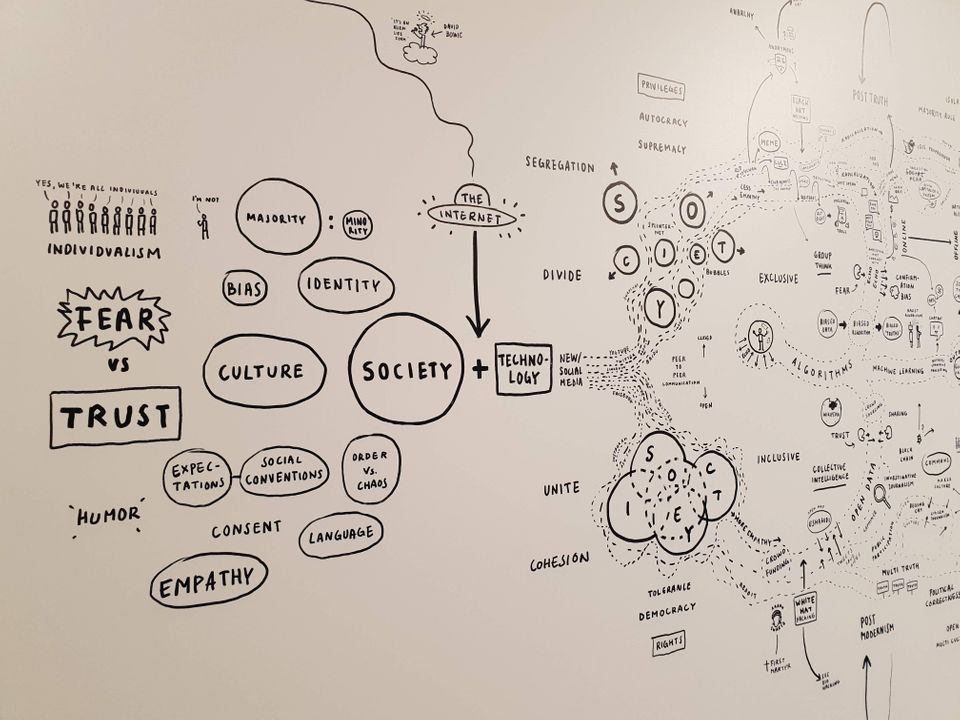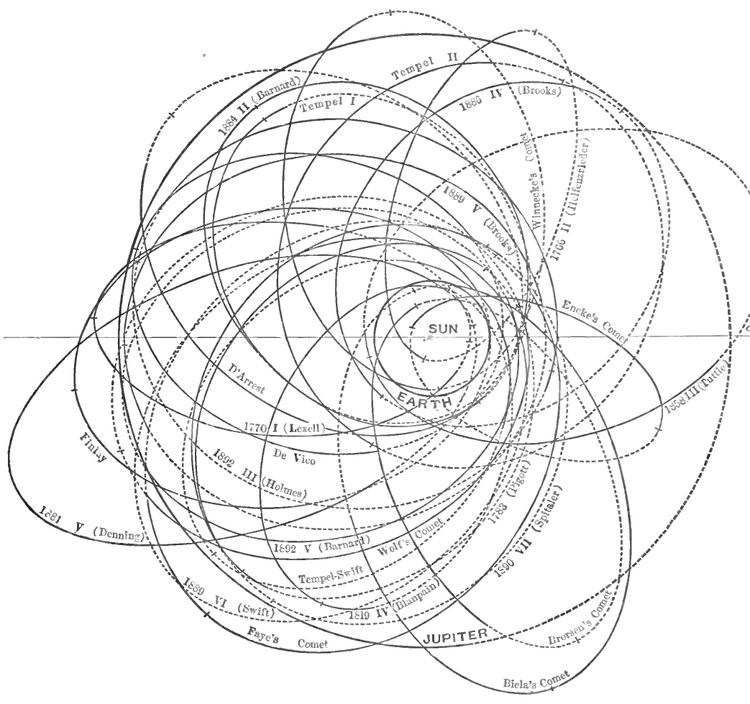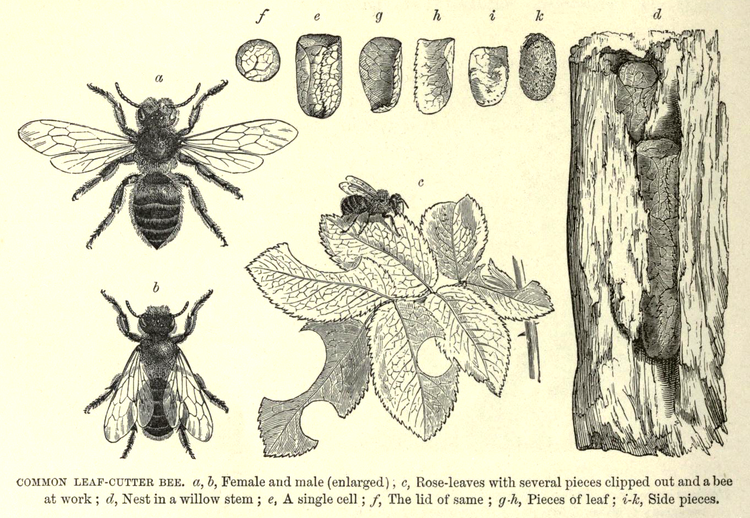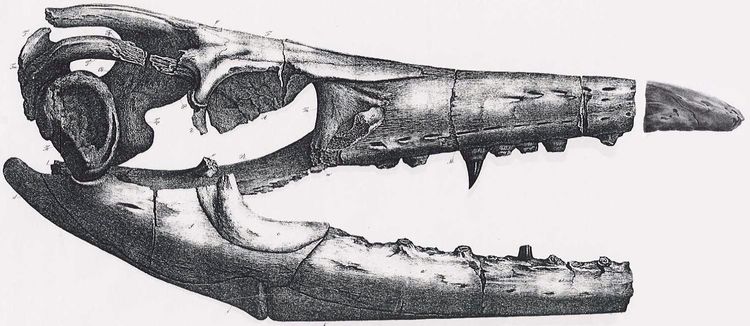Organised Magic

How my second brain made me happier.
"Instead of endlessly optimizing yourself, trying to become a productivity machine that never deviates from the plan, it has you optimize an external system that is more reliable than you will ever be. This frees you to imagine, to wonder, to wander toward whatever makes you come alive here and now in the moment." -- Tiago Forte
September 2020 was the most challenging time of my professional career. Deep into the COVID-19 lockdown, I was struggling with enormous anxiety. My non-profit had a huge budget hole. I had let employees go. Teammates were experiencing stress. And my wife and I had received the news that our ninth IVF cycle was unsuccessful.
Every day, I showed up to work. I opened my inbox to another barrage of emails, reports and required reading. Somehow, I had to process all this content, on top of my own emotional inputs. The endless stream of coronavirus doom emanating from the news media didn't help. DYFJ, I'd whisper to myself (quoting from The Messy Middle). Do your fucking job.
I was no longer an information manager. I was an information employee. Information was managing me. And it was not the kind of boss that was going to let me take a mental health day.
Then in October, I watched a beautiful autumnal dawn break after another sleepless night. I resolved to take control and adopted two practices that changed my entire outlook on productivity and happiness: journaling and the Second Brain.
Delegating emotions to my journal
Firstly, I began journaling. Through the process of writing regularly on what I am feeling, I make sense of stress.
Journaling is the delegation of emotions.
Without it, I process trauma while I am on Zoom calls. I dream of emails. My cognitive processes become confused. Working from home multiplies the issue.
When I journal, I subconsciously organise and lay a productive foundation for my day. As a result, I sleep better. I remember my nieces' birthdays. I'm a better boss, and a better husband.
Every day I write for 10 minutes before I start work (well, almost every day). Under four headings, I organise my thoughts:
At any time (thanks to my note-taking app's cleverness), I can review my previous answers. Patterns emerge for triggers of melancholy and inspiration, despondency and elation. All the feels, basically.
By revisiting the journal in November 2020, I noticed that my worries about IVF were making regular appearances. In the midst of professional stress, I was not acknowledging the challenge of regular hospital visits and disappointment. But they surfaced through the journal. Soon after, my wife and I decided to see a psychologist to give us space to come to terms with our experiences.
Outsourcing memory to my second brain
The second practice I adapted was the Second Brain methodology, popularised by Tiago Forte. It takes Personal Knowledge Management and reinvents it for the web.
To cope with information overload from Twitter, email, blogposts and podcasts, I use a system of digital note-taking that helps me to save things, add context, develop insights and use connections between ideas to generate new thought and content.
Previously, I would take notes haphazardly, sometimes by hand, other times on the computer. I would wander into these spaces, fail to find something, and then leave immediately. I developed a strict filing system to combat this. I became the archivist of my own thoughts. But I spent more time cataloguing than thinking. Another full-time job.
Now, I store information associatively, based around what I'm working on, rather than hierarchically. Notes exist as standalone ideas and summaries. I add topics and other mental connectors, but they do not sit in structured folders.
In other words, I outsource my memory.
By batching different tasks (like browsing, optimising and writing) I avoid taxing my brain too much with context switching. Here's the flow:
- Save resonance. Browsing and consuming intentionally, I use Pocket to bookmark articles and inbox tags to save Newsletters. Podcasts and book inspirations get atomic entries into my note-taking app, waiting for expansion later. If it resonates, it gets saved.
- Add context. I use Roam Research (my note-taking app) to futureproof the notes with links and sources. I summarise them and create summaries of the summaries, taking just five minutes out of my day, here and there, to add value.
- Develop insights. When I work on a new project (like this article, or a new fundraising strategy), I perform notewalks. I start with a blank note and free associate topics, which I search my notes for.
As I notewalk, connections appear where previously there were none. I find that I have stored far more on a topic than I realise.
Notes inspire ideas, which turn into article outlines, short stories and even - perhaps - the humble beginnings of books.
Throughout my career, I have adopted and adapted productivity methodologies. I devoured The 4-Hour Workweek, Deep Work, Good to Great and Atomic Habits. My output increased with each one. Productivity has become one of my superpowers.
However, the Second Brain did something else. Sure, I started writing seriously for the first time in over a decade. But I also began working four-day weeks. I took breaks. I began to breathe. More became less.
Inspiring creativity through connection
Journaling is to emotions, what the Second Brain is to information. Both practices allow me to delegate and outsource complex thinking. Digital tools enable me to store thoughts effortlessly. The primary effect is that I have more time and more clarity.
The secondary effect feels like organised magic.
Different aspects of my life cross-reference. Seemingly unrelated topics inform one another. Mindfulness journaling, web obsessions, professional essays, correspondence and to-do lists consort and collaborate. Delegated emotions and outsourced memory work together. The personal and professional collide.
The article you are now reading is a great example of that.
It started as a seed of an idea, a quote bookmarked from the web. Later, it became a fairly dry description of my Second Brain process. Yet when I notewalked through connected entries, following previously hidden connections through to productivity and mindfulness, I found this: a journal entry from October 2020.
It reminded me of how difficult things were then, and how much better they are now. It prompted me to realise the connection between journaling, the Second Brain and my own mental health. It turned this article from a "how to” into a personal essay.
No matter what methodologies you use, productivity needs to be seen as a tool to help you do less, not more.
By transforming my relationship to the information contained in both emotions and content, I have developed a vibrant new source of inspiration and resilience. Transforming my understanding of productivity, I have connected the silos of my life and opened new ways of thinking.
Plus, thanks to my Second Brain, I can trace this realisation back to the exact moment of its genesis, when I took this note:
I think that's kind of magical.
Want to receive more writing from me in your inbox? Sign up here.
Come and talk to me about this post on Twitter!
Thanks to my Compound editors (Steven Ovadia, Jon Allen, Ali Q, Sterling Schuyler, Ryan J. Williams, Ayomide Ofulue, Art Lapinsch, Mindy Zhang, Ergest Xheblati, Nick deWilde) and Julia Hildebrand for strong edits.




